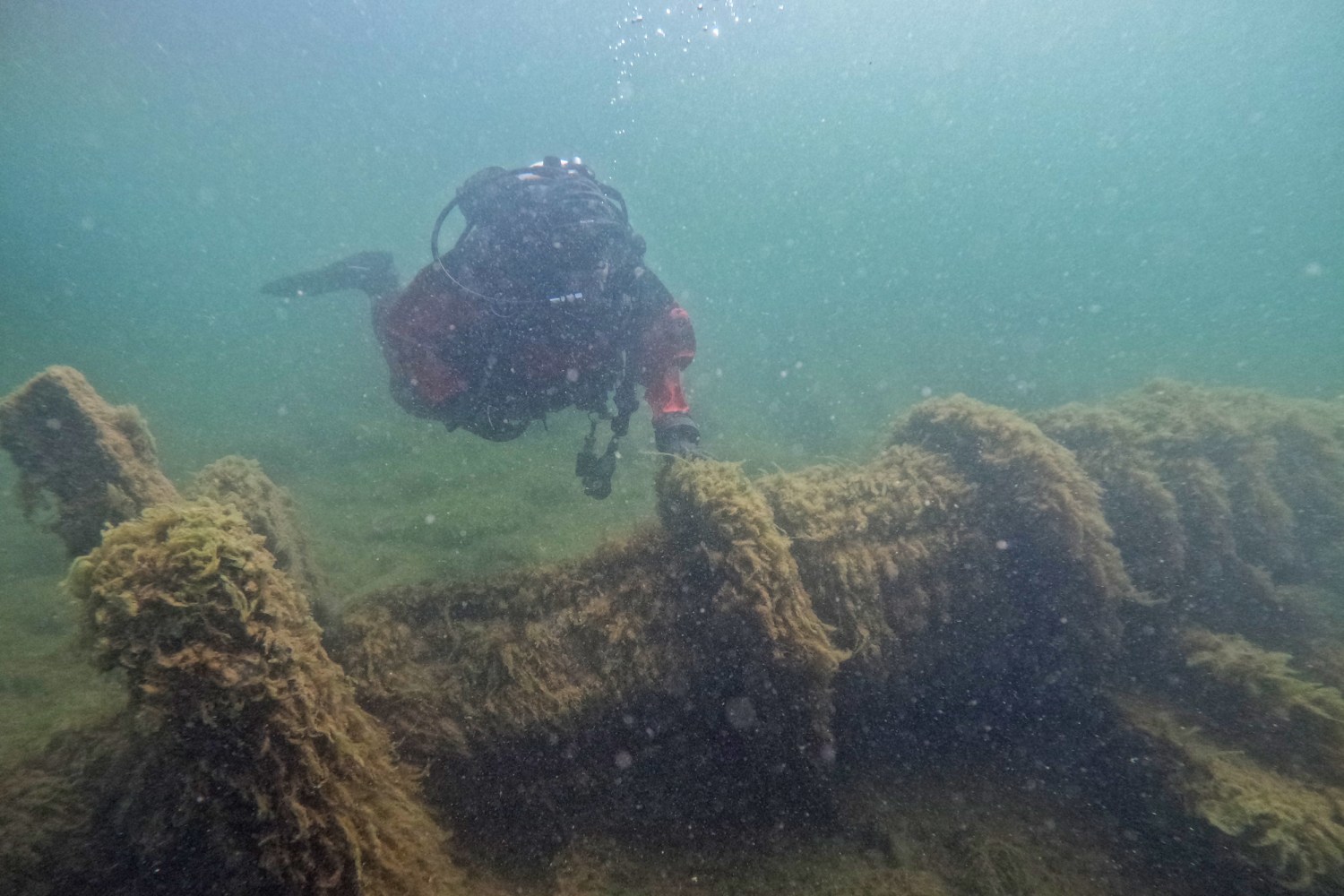In recent years, Las Vegas has become known not only for its entertainment, casinos, and rapid urban expansion, but also for a less glamorous issue that is steadily growing: the rise in mosquito populations. What was once considered a minor nuisance in the desert climate has transformed into a larger public health concern, driven by environmental changes, urban development, and shifts in weather patterns that make the region more hospitable to these insects.
The existence of mosquitoes in desert cities might seem unexpected. Las Vegas is situated in the Mojave Desert, known for its hot and dry environment with little precipitation. Historically, these conditions constrained mosquito populations. Nonetheless, the growth of suburban areas, man-made lakes, golf courses, and irrigated greenery has formed microhabitats with stagnant water. These settings, along with increasing temperatures, provide mosquitoes with the necessary resources to multiply more abundantly.
Public health officials have noted a gradual but consistent rise in mosquito activity in Clark County over the last decade. While occasional outbreaks were reported in the past, the issue has become more persistent, with monitoring stations recording higher mosquito counts each year. In addition, new species that were once uncommon in the region have been detected, raising concerns about the potential introduction of vector-borne diseases that historically had little presence in southern Nevada.
The expansion of mosquitoes into city areas underscores an increasing difficulty in harmonizing urban growth with ecological management. Yards, swimming pools, ornamental fountains, and drainage infrastructure may inadvertently function as breeding grounds. Even minor volumes of standing water left in containers, gutters, or discarded materials can turn into breeding grounds for mosquito larvae. Thus, while extensive infrastructure adds to the issue, domestic behaviors significantly influence mosquito population dynamics.
Another element contributing to the issue is climate change. Extended summers, softer winters, and unpredictable rain patterns have set up an environment conducive to mosquito survival and breeding. Higher temperatures during the night decrease mosquito mortality rates, enabling them to stay active for a longer portion of the year. In certain instances, rain followed by abrupt heat waves speeds up mosquito reproduction cycles, resulting in quick increases in their numbers post-storms.
Health specialists caution that the issue extends further than just itchy insect bites and discomfort outdoors. Mosquitoes are recognized carriers of illnesses like West Nile virus, St. Louis encephalitis, and, in other regions, dengue, chikungunya, and Zika virus. Although southern Nevada has not faced large-scale outbreaks of these diseases, isolated cases have been reported, and the threat increases as mosquito numbers rise. With more international travel and regional movements, the chances of imported cases leading to local outbreaks become more plausible.
Local government agencies and public health departments have responded with enhanced mosquito surveillance programs. Traps are set across Clark County to monitor population density and detect virus activity in mosquito pools. When disease-carrying mosquitoes are identified, targeted spraying is deployed in affected neighborhoods. These measures, while useful in controlling outbreaks, are reactive rather than preventive, highlighting the importance of proactive community participation in reducing breeding habitats.
Community awareness initiatives highlight the importance of citizens in controlling mosquito populations. Easy actions like draining water-filled containers, properly maintaining pools, and unclogging gutters can significantly cut down on breeding sites. People are also advised to apply insect repellent while outside and wear long sleeves during high mosquito activity times, usually at dawn and dusk. These minor actions, when combined, considerably help in lowering the number of mosquitoes in local areas.
Urban planning also plays a role in addressing this growing issue. City planners and developers are being urged to consider drainage systems that minimize stagnant water accumulation, as well as landscaping designs that use less water-intensive features. With Las Vegas continuing to expand rapidly, integrating mosquito management into development strategies is increasingly seen as a necessity rather than an afterthought.
Tourism is crucial for Las Vegas’s economy and could face challenges if mosquito issues are not addressed. Events held outside, musical performances, and dining opportunities are key draws, and any increase in discomfort or health risks related to mosquitoes might change tourists’ experiences. For a city that depends greatly on its image as a secure and pleasurable place, upholding measures to control mosquito populations is an economic necessity as well as an environmental and health priority.
Experts often describe the mosquito challenge in Las Vegas as a “ticking time concern” rather than an immediate catastrophe. The potential consequences are not inevitable but depend on how effectively the community, authorities, and policymakers respond now. By combining individual responsibility with systemic approaches, it is possible to slow the growth of mosquito populations and mitigate health risks before they become unmanageable.
The case of Las Vegas also reflects broader trends seen in other arid cities worldwide. Urbanization, climate change, and human activity are reshaping ecosystems in ways that favor species previously unsuited for desert regions. Learning how to adapt public health strategies to these new realities is a challenge that extends far beyond Nevada, offering lessons for other rapidly growing metropolitan areas facing similar conditions.
The growing mosquito problem in Las Vegas serves as a reminder of the interconnectedness between environment, urbanization, and public health. A city built in the desert has become an unlikely host for insects more often associated with humid climates, proving that human activity can alter ecosystems in unexpected ways. Addressing the issue will require vigilance, adaptation, and cooperation at every level—from households to city planners to state health officials.
As the city continues to grow and welcome millions of visitors each year, the importance of sustaining a proactive approach cannot be overstated. The future health and comfort of Las Vegas residents and visitors depend on recognizing this challenge today and implementing measures that protect the community from both the nuisance and potential dangers that mosquitoes bring.




